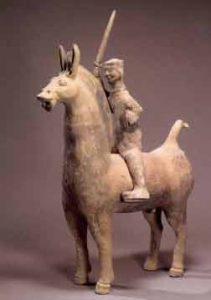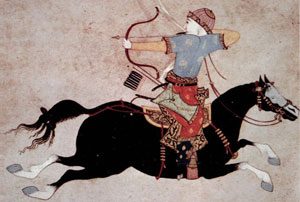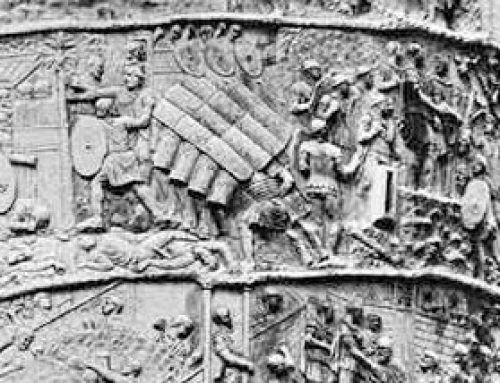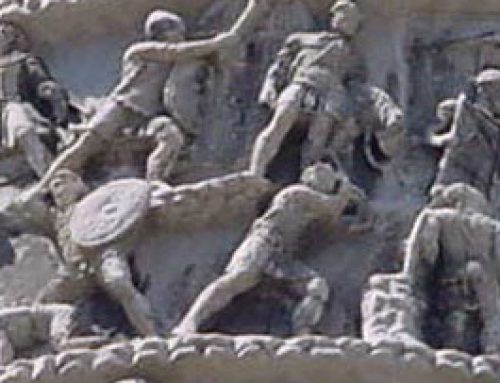
Etruscan image of a Scythian woman riding a horse, ca. 600 BCE
When did cavalry get started?
Cavalry are soldiers riding horses. The earliest cavalry soldiers were in about 800 BC, when horses were finally bred big enough so that they could carry a full-grown man in armor. Fighting on horseback began in Central Asia, where they bred horses. Both women and men fought from horseback there.
Central Asian women
Where do horses come from?
All our Central Asia articles

Assurbanipal, King of Assyria (ca 650 BC)
Cavalry spreads across Asia
Cavalry won a lot of battles, so they quickly became popular all across Asia, from Zhou Dynasty China to the Assyrian Empire. You had to be rich to afford a horse – really several horses, so you’d have a spare in case one got tired or hurt, and another horse for your enslaved servant to ride. (They took care of the horses). So the richest men were generally in the cavalry, while poorer men fought on foot.
Zhou Dynasty China
Assyrian Empire

Cavalry on the Parthenon frieze, 430 BC
Cavalry in Europe
By 500 BC, the use of cavalry had spread to Europe, and there were cavalry in ancient Greece and Rome.
Warfare in ancient Greece
Roman army and soldiers
In ancient Greece and Rome, the way you knew a man was rich was that he owned expensive war horses and could be in the cavalry. In China, the emperors formed cavalry units imitating their Central Asian enemies around 300 BC.
More about the Xiongnu

Han Dynasty warrior (China, ca. 100 BC)
Was the cavalry important in Greece and Rome?
But the Greek and Roman armies did not usually fight from horseback. Usually the armies of these empires fought on foot. Cavalry horses were expensive, and just not that useful against well-trained foot soldiers in the hoplite tradition. When the Gothic cavalry attacked Roman foot soldiers, usually the foot soldiers won.
Who were the Ostrogoths?

Mongol cavalry, ca. 1200 AD
Cavalry in the Middle Ages
In the Middle Ages, after the fall of Rome, foot soldiers weren’t so well trained anymore, and horsemen became more useful. The invention of stirrups and better saddles also helped make cavalry more useful. By the Early Middle Ages, Indian armies were also using cavalry. The Mongols used cavalry soldiers – including women – to conquer Asia and Eastern Europe.
More about the Mongols
Guptan India
Medieval knights and battles
All our medieval Europe articles

Paolo Ucello, Italy, ca. 1400 AD
The end of cavalry
Even beyond the borders of the Mongol Empire, medieval European wars also used cavalry. But when well-trained English foot archers defeated the French cavalry in the Hundred Years’ War, European rulers gradually turned back to foot soldiers again. By the time Paolo Ucello painted his cavalry paintings about 1400 AD, foot soldiers and cannon were already more important than the cavalry.
More about the Hundred Years’ War
But in Asia, people kept on using cavalry to fight battles for another several hundred years, until guns really got much better in the 1800s.
Be careful not to confuse the word “cavalry” with “Calvary”, which means the crucifixion of Jesus! (Many students do).



